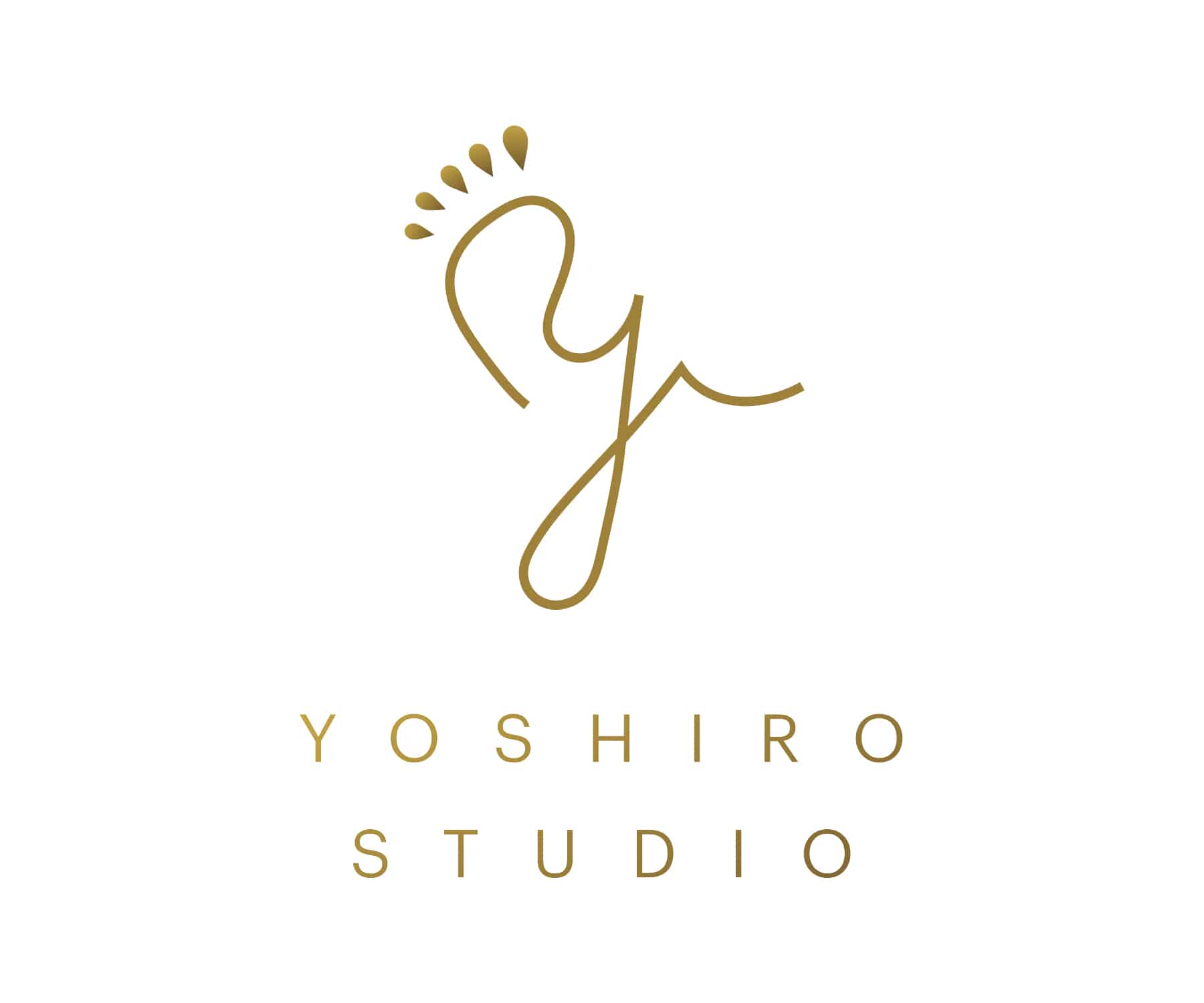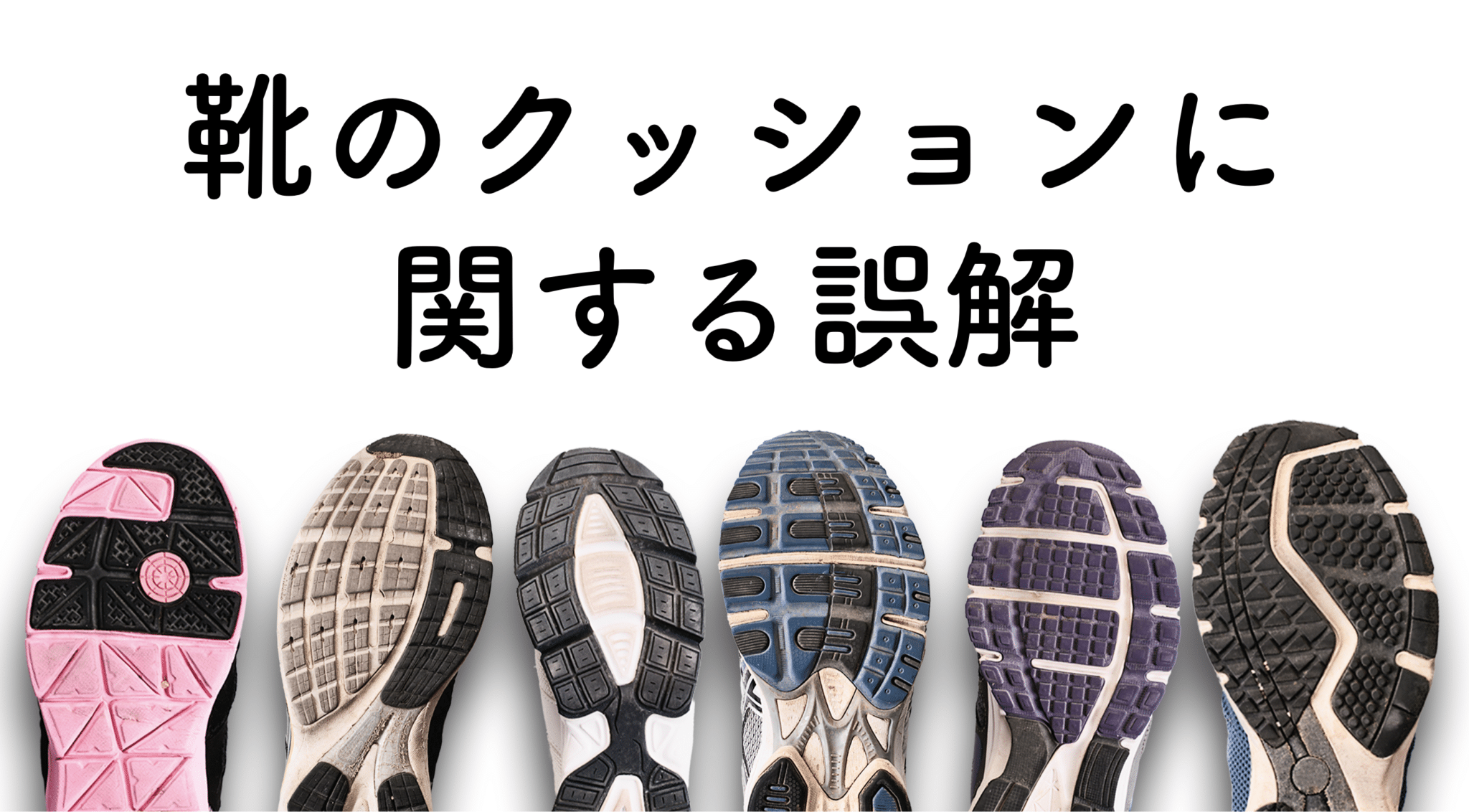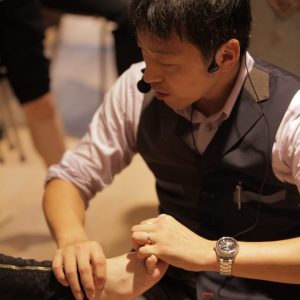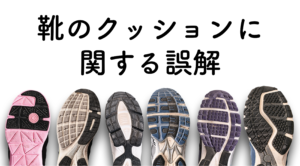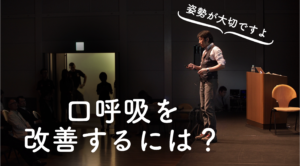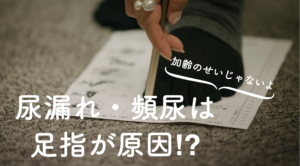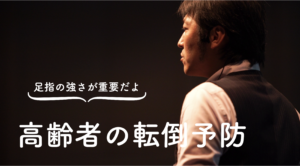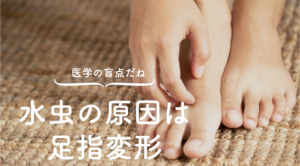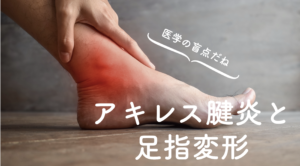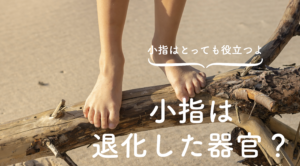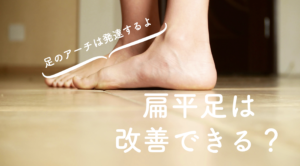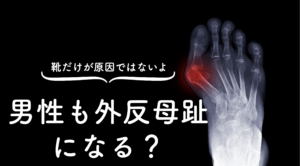Commentary by a toe doctor

YOSHIRO YUASA
Keiro Yuasa
Physical Therapist, Doctor of Toes, Director of Toe Research Institute, President of the Japanese Society of Functional Foot and Toe Therapy, and developer of Halmek shoes. Former director, vice president, and medical director of General Hospital. His specialties are exercise physiology and anatomy. He is also a foot and shoe specialist and a leading expert in postural occlusion therapy. He has cured various orthopedic diseases (over 70,000 people) with toe therapy alone.
For many years, we, as consumers and users, have been led to believe that we need a lot of padding in our shoes and under our feet, and that it is required to enhance comfort and ease the strain on our bodies. This idea has become a common belief in the health field in general, and key figures in the shoe industry and many medical professionals have endorsed the idea and instructed that high cushioning and padding is necessary when choosing shoes and especially athletic shoes. As a result, the current athletic shoe industry tends to emphasize padding and cushioning, and the latestYOSHIRO SHOESis considered to represent the latest evolution in shoe form and function.
A heavy, inflexible shoe with high soles, cushioning in the heel, and incorporating various motion control technologies
We have different opinions on 'what is proper footwear'. This article focuses on how excessive cushioning in shoes can actually be detrimental to the foot and lower extremities. We want to help you make good choices by clearing up industry misconceptions and providing you with the right information. However, we are not dismissing cushioning per se. Cushioning can play a beneficial role in supporting foot health. The important thing is that for all of us.There is a misconception that well-cushioned shoes are always healthier and safer.This is to say.

One of the things I want to share with you in this article is that there are many misconceptions about shoe cushioning. The common belief about shoe cushioning is that more padding under the foot will reduce the impact forces on the body's joints and tissues during weight-bearing activities. This may seem like a reasonable claim, given that it has long been said that cushioning is necessary to protect joints and soft tissues from damage. However, physics research does not support this claim. In fact, the more cushioning a shoe provides, the stiffer and more damaging our joints are.
physics
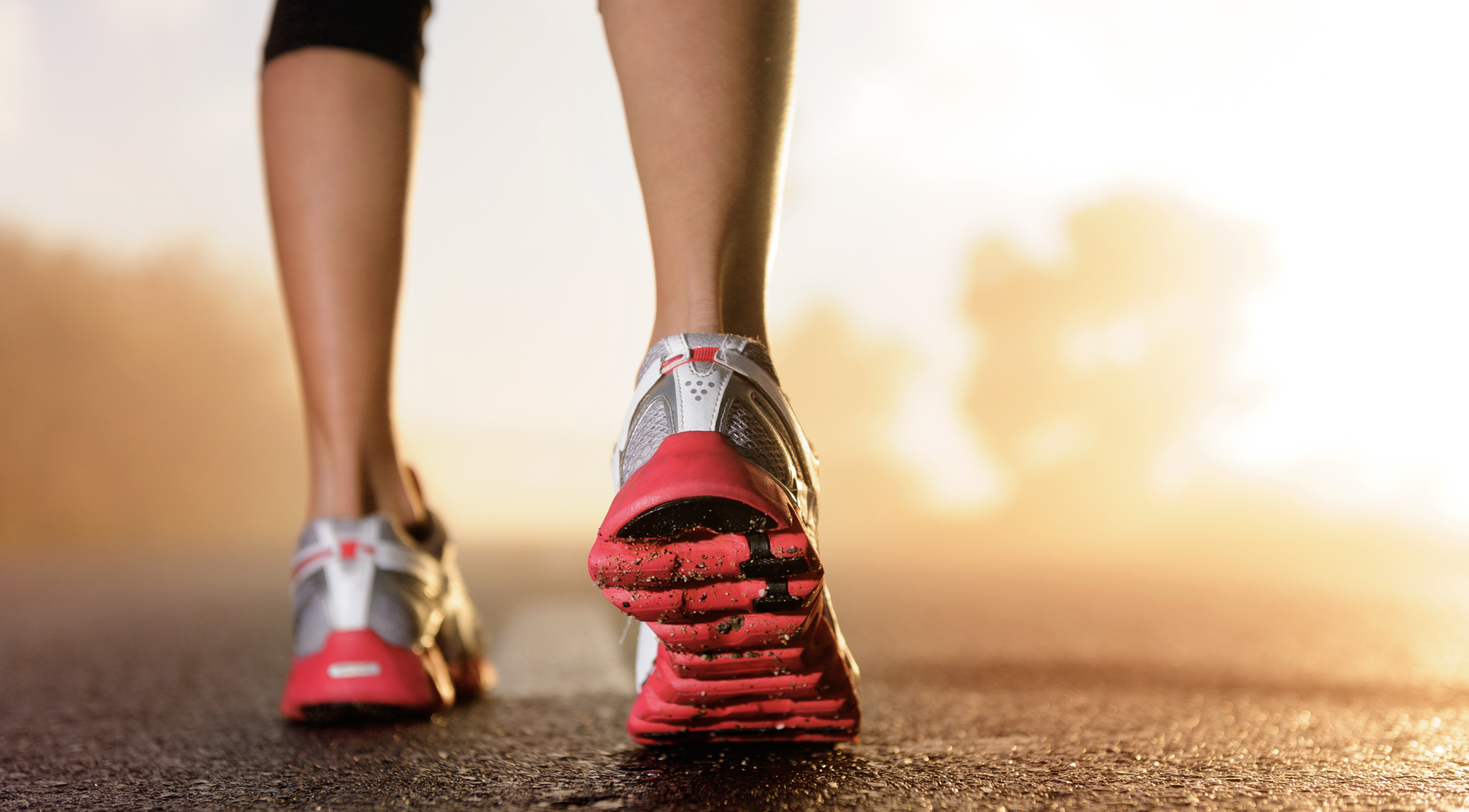
To understand why this is so, it is important to understand the physics of collisions. First, the forces acting on an object are as follows
F=ma
For a body with one foot in contact with the ground,Force that the ground pushes up (called normal force, denoted here as N)(in this context, normal means perpendicular to the surface) and the force that gravity pulls down (often expressed in mg, i.e., mass x 9.8 meters per second squared). Thus, the following equation holds.
N-mg=ma
At a point on the curve, a line perpendicular to the tangent at that pointsomething serious
Since acceleration is defined as the change in velocity divided by time,V Let ffinal velocity, ,V iinitial velocityUsed as, and with a little tidying up, this equation can be expressed as
N = m ((v)f-vI)/t+g)
Now, let's start with the thick-soled shoes.YOSHIRO SHOESWhat changes when you go barefoot or completely barefoot? A true expert in this field is Professor Daniel Lieberman of Harvard University. The professor has used force plates to study the impact forces onVery good researchand to be able to actually quantify the forces involved in running with shoes versus barefoot. The essence of the argument, however, is as follows. The cushioning of shoes tends to dull our sense of what is happening, and we tend to run in a particular way of walking. That is, a way of walking in which the foot bounces up and down during the landing phase of walking or running, or in which the foot is more extended and lands first on the heel.
There is a subtle difference in the amount of time the foot is in contact with the ground when landing on the ground at the heel with shoes and when landing on the ground at the midfoot with bare feet. This difference can affect vertical forces. The important point, however, is that walking in cushioned shoes increases both the initial downward velocity and the final upward velocity. This increases the vertical force, in other words, the force on the feet and body. Barefoot running, on the other hand, tends to have a different gait pattern. There is less bouncing and the feet land below rather than in front of the body. Therefore, rather than wearing cushioned shoes and landing hard on the heel, barefoot orYOSHIRO SHOESThe difference between the initial and final velocities is smaller when the foot lands on the ground at This reduces the overall force on the feet and body.
Below are some examples using real numbers in the force equation to illustrate the above points. In the following example for a runner, the mass (m) is set to 50 kg. The acceleration of gravity (g) is 9.8 m/s 2is constant at The change in vertical velocity (v f - V I ), 8 m/s for cushioned shoes, barefoot orYOSHIRO SHOESis set to 6 m/s. For impact duration, cushioned shoes andYOSHIRO SHOESA value of 0.3 seconds is used for both
Example 1: Forces experienced by runners wearing cushioned shoes:.
N = m ((v)f-vI)/t+g)
N=50x(8/0.3+9.8)
N=~1,823N
Example 2: The power that a barefoot runner feels: the power that a barefoot runner feels.
N = m ((v)f-vI)/t+g)
N=50x(6/0.3+9.8)
N=~1,490N
For comparison, a 50 kg person weighs 490 N in metric force, so the first number (for cushioned shoes) is about 3.7 times body weight, while the second number (for bare feet) is only about 3.0 times body weight. When you add up this difference in terms of distance run or walked, days, months, and years, you can see why minimizing shoe padding makes such a big difference.
The physical properties of a collision are actually quite complex and require more detailed consideration, since it is assumed that the entire human body moves up and down at the same speed, whereas in reality the torso and legs do not move at the same speed. However, the above equation is,Suggests that the use of cushioned shoes increases rather than decreases the forces on the joints and tissues of the lower extremitiesThe following is a list of the most common problems with the
annotation: When performing technical calculations, it is necessary to take into account that the floor reaction forces are composed of vectors in several different directions. This allows for a more accurate modeling of the ground forces on the feet. Although the aforementioned equation considers the effect of purely vertical forces, in practice, the motion of the foot and the angles of landing and takeoff should also be considered as important factors. It is understood that a runner wearing thick-soled shoes and a runner wearing thin-soled shoes or barefoot will have different changes in the vertical velocity of the foot. In more advanced models, it is important to include the above important points in the calculations.
Cushioning Problem 1: Impact on joints
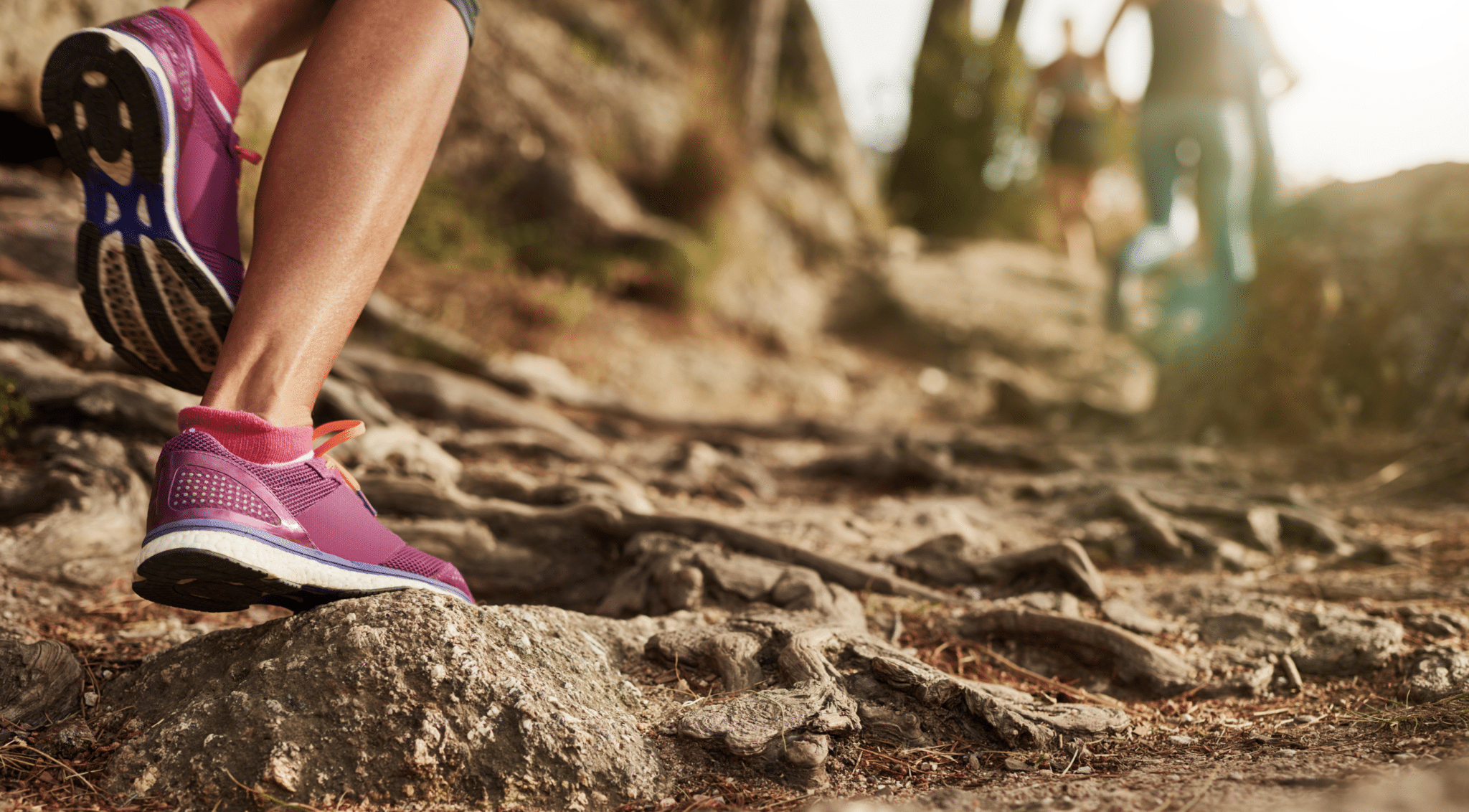
Although highly cushioned shoes may feel like they are reducing the impact on the joints, they actually only reduce the sensation of impact; according to the laws of physics, highly cushioned shoes may increase the force of impact on the joints and tissues. Shoes with too much cushioning may cause the foot to stomp and place more roughly, slamming the foot into the ground with more force, which can have a negative impact on joints and tissues.
Failure to place the feet on the ground correctly can lead to weight imbalance. The heel, toes, and feet may not absorb the shock sufficiently, and weight may not be distributed properly. This situation can negatively affect the entire kinetic chain, including the foot, ankle, knee, and back. Barefoot, on the other hand, allows the feet and body to sense stimuli from the ground. Footsteps are calmer, allowing for a more alert gait, which can have a positive impact on joint and tissue health.
The best way to reduce impact on the joints is usually to reduce shoe cushioning. In particular, by spreading the toes (YOSHIRO SOCKSis effective), placed horizontally on the ground or on a completely flat sole, so that each toe can support the weight evenly. This evolution also tends to occur naturally, with the shoes worn as little as possible, and the body comes to understand this through strong tactile and proprioceptive feedback.
Useful Experiments: cushioned shoes and barefoot orYOSHIRO SHOESOne straightforward exercise to realize the difference in impact force of the two is to put on earplugs and walk first in cushioned shoes, then barefoot orYOSHIRO SHOESThe first thing to do is to walk in the Then you will immediately feel the difference. The difference in the shock and sway to your body that you feel when running in cushioned shoes is especially noticeable. If you try walking slowly with your eyes closed, you may feel the difference more clearly.
Cushion Issue 2: Labor expended
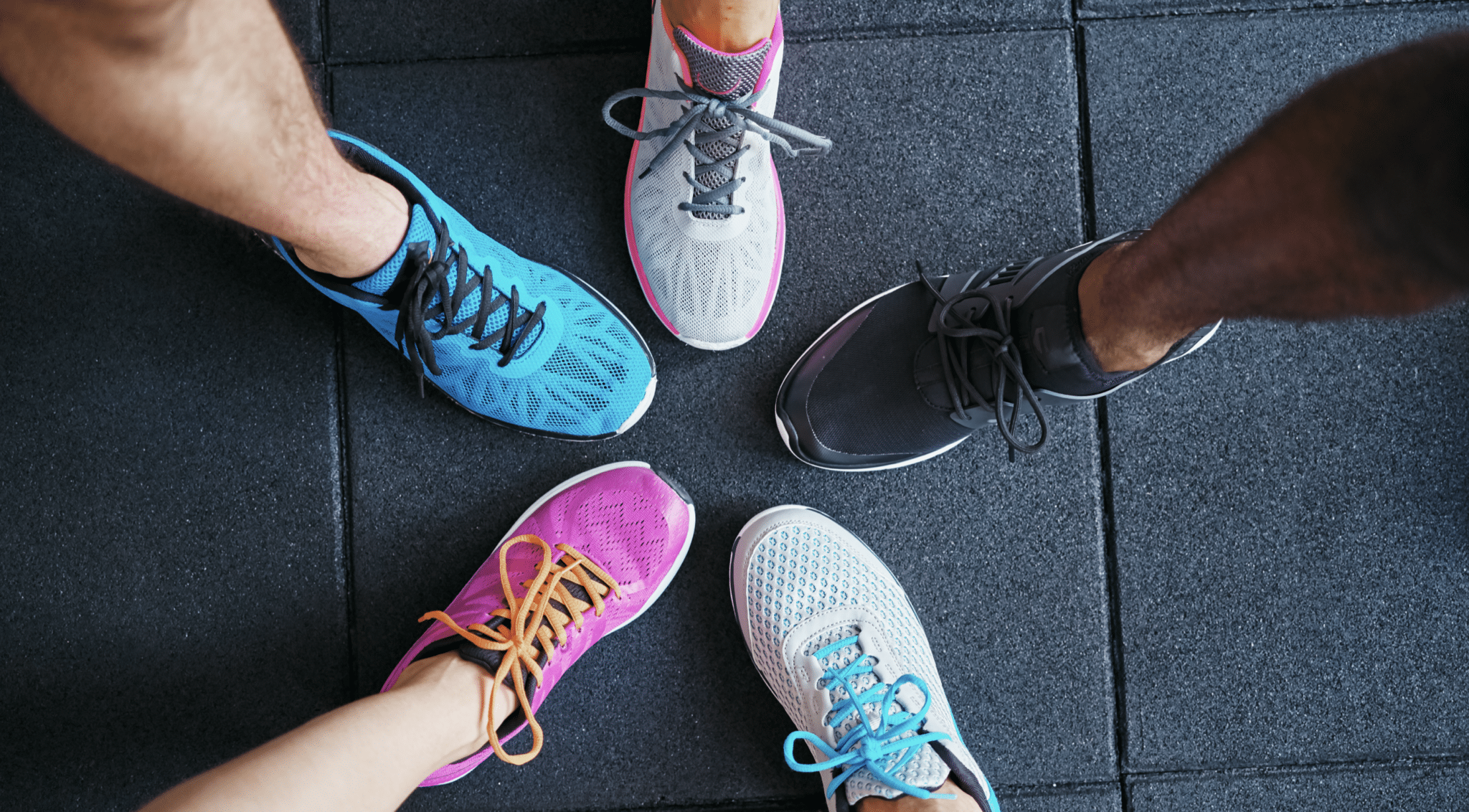
There is another aspect of shoe cushioning that is generally overlooked. Highly cushioned soles require more force each time you step out of the shoe. With high cushioning or sponginess, the force between the foot and the ground is not transferred efficiently, and the energy that should be used for propulsion is dispersed into the shoe's padding. This is similar to the sensation of walking on sand, but the effect is less extreme. Barefoot orYOSHIRO SHOESWhen you walk in a pair of "S", the propulsive force transferred between your foot and the ground when you TOE OFF (kick the ground with your toes) during walking is maximized, and the amount of energy wasted with each step or stride is greatly reduced.
Cushioning Problem 3: Atrophy of foot muscles and its effect on the arch
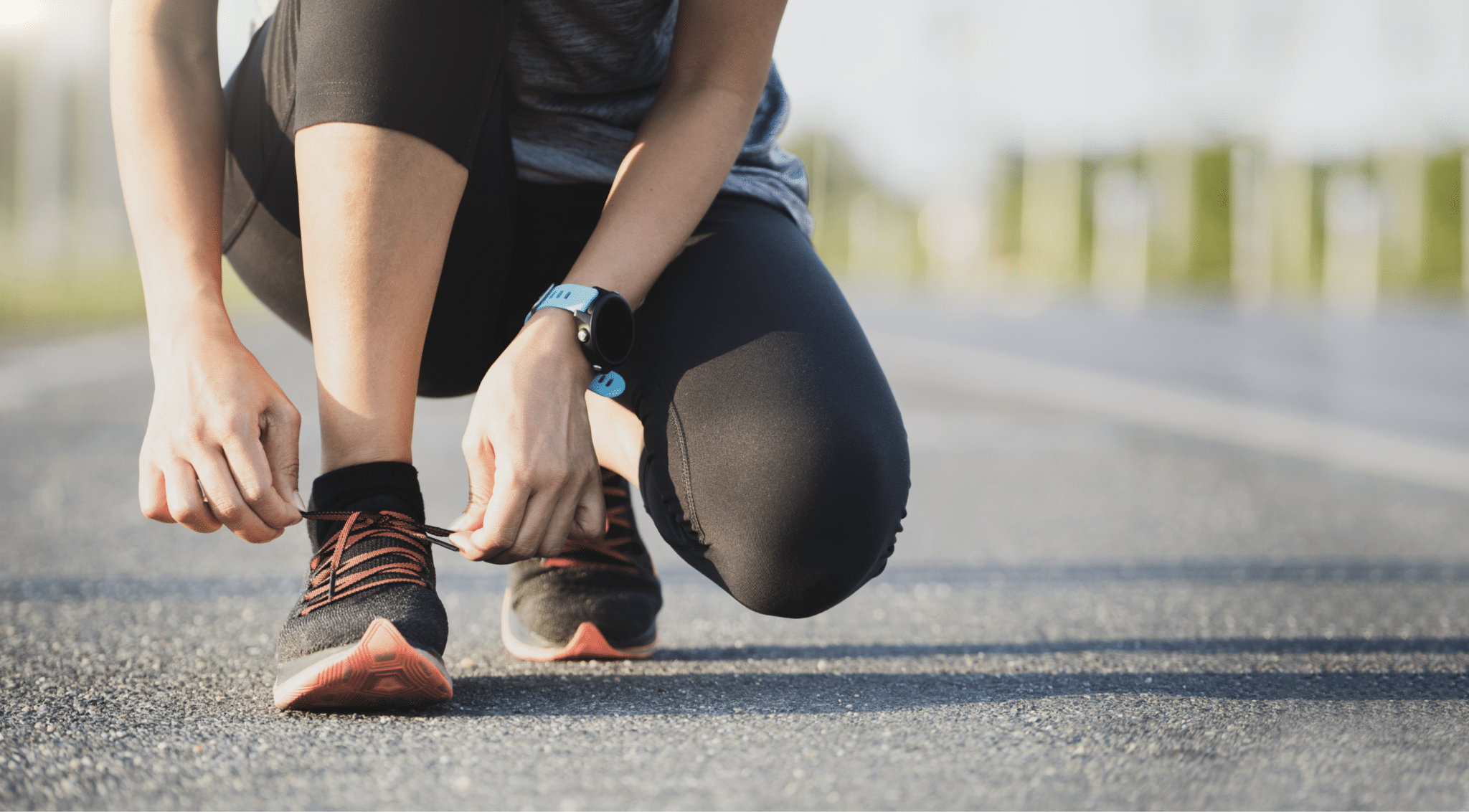
Many conventional shoes, especially athletic shoes, provide soft cushioning for the sole of the foot, but thicker soles mean higher shoe sole stiffness. Wearing thickly cushioned shoes with hard soles is like putting a cast on your foot and expecting the muscles to get stronger. When the foot is immobilized in thickly padded shoes, the foot muscles cannot work properly and gradually weaken and degenerate. Muscles that are not used regularly lose their ability to produce tension and force, which can seriously affect the function of the foot and other parts of the musculoskeletal system.
Cushion Problem 4: Frequency of Injury
By Robbins and Waked, published in the British Journal of Sports Medicine in 1997.In a classic studyis stated as follows
Athletic footwear has been associated with a frequency of injuries thought to result from repeated impacts. There is no scientific data to indicate that they are highly protective. Expensive athletic shoes, which are advertised as being more protective by "dampening impact," are associated with a 123 percent higher frequency of injury than the least expensive shoes.
Hazard of deceptive advertising of athletic footwear. Author: S Robbins, E Wake.
The "least expensive" referred to above are the shoes with the least cushioning and motion control "technology". Robbins and Waked draw the following conclusions from their research
The report suggests that: (1) False advertising of protective devices may pose a significant public health hazard, which may need to be eliminated through regulation. (2) overly positive attitudes toward new technologies and devices may lead people to be less cautious when using new devices with unknown hazards.
Some people believe that shoes, especially sports shoes, are designed by engineers and biomechanical experts to enhance athletic performance while maximizing foot comfort and health. However, the reality is different: the shoe industry is focused on the appearance of the product, i.e., how it looks on the display shelf, and not enough focus is placed on foot health. In fact, shoes that have been shown to affect the natural shape and function of the foot and the way it walks, which can impair performance and cause injury, are sometimes promoted as athletic performance enhancers or injury preventers. In fact, in the journal Sports ScienceResearch presented by Michael Warburtonsuggests that everything needed to maintain foot health and prevent injury is naturally present.
In developing countries, barefoot running has been shown to significantly reduce the incidence of acute ankle trauma and chronic trauma to the lower extremities. Laboratory studies have shown that the energy cost of running is reduced by approximately 41 TP3T when shoes are not worn.
Staying barefoot is not easy, though,YOSHIRO SHOESprovides a barefoot-like environment in which the foot can be kept as healthy as barefoot in a shoe. These shoes can correct the feet and return them to their natural state of health, helping to solve long-term foot and lower extremity health problems. Most people will be able to improve their foot and lower extremity related problems by wearing these shoes.
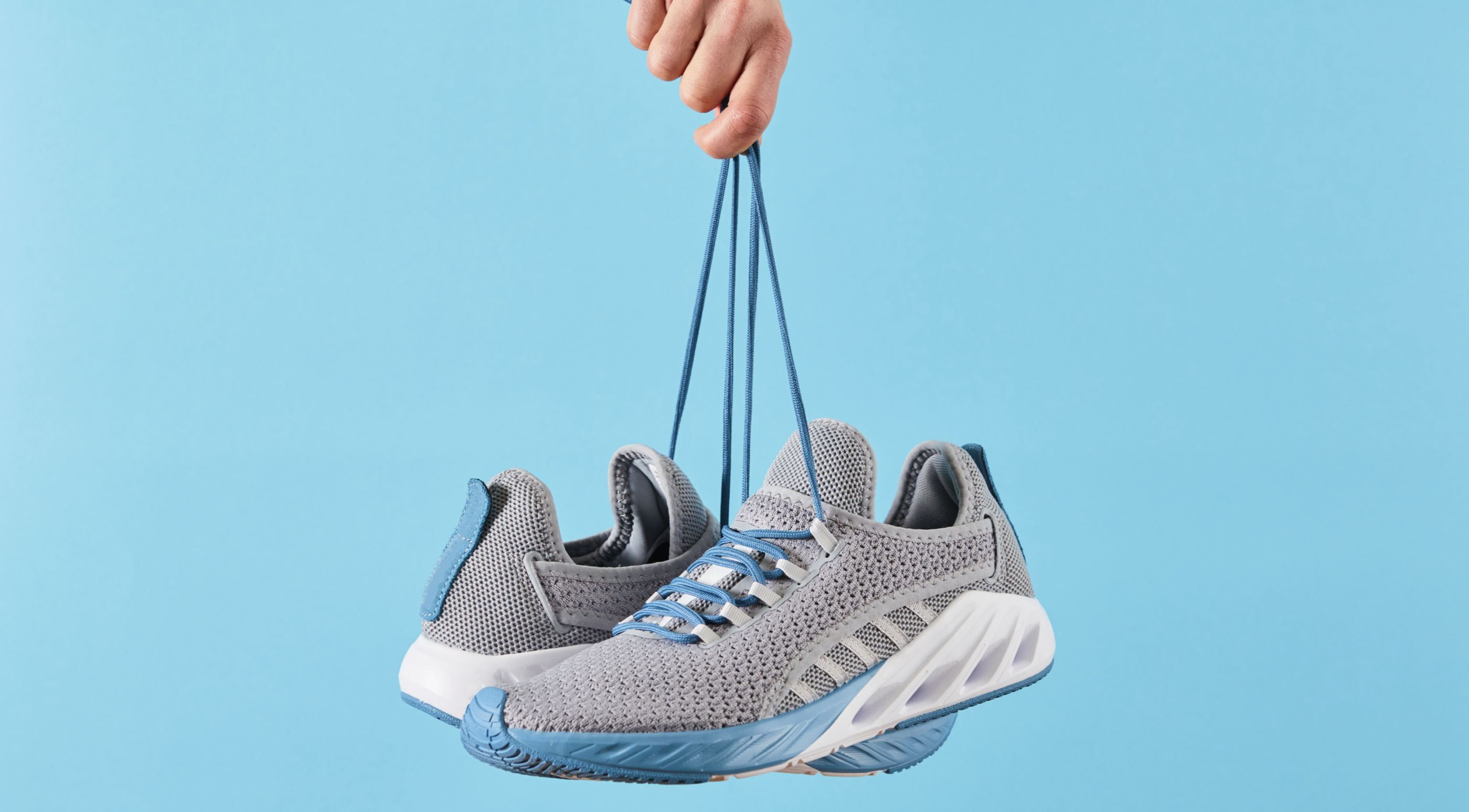
One important consideration in the shoe cushioning debate is the effect of shoes on knee health. In a heel landing (the way most runners and walkers who wear cushioned shoes do), the knees and hips must handle the natural shock absorption because the sole and ankle are limited in their effectiveness in dampening the impact. On the other hand, barefoot or minimally shod runners often have a midfoot landing, which allows the athlete's feet and ankles to effectively absorb shock. This increased joint processing of impact may result in an even distribution of force to the joints of the lower extremities.
More recently, the link between padded shoes and knee problems, particularly knee osteoarthritis, has been studied in more detail. According to conventional medical opinion, weight, genetics, gender, age, past trauma, repetitive stress, sports activities, certain health conditions, nutritional deficiencies, and physical weakness may contribute to knee osteoarthritis.
While these factors can certainly promote articular cartilage loss, the impact of conventional shoes on the development of knee arthritis is considered the most important factor in this health issue.
A study conducted by Nazia Shakur and Joel A. Block at Rush Medical College in 2006 and published in the journal Arthritis and Rheumatismwell , ,Stress loads on the knees of subjects wearing various types of shoes and subjects not wearing shoes were examined. The researchers found that
Patients with medial knee OA [osteoarthritis] appear to experience a significant reduction in knee and hip joint loading when walking barefoot compared to walking in regular shoes. Since knee OA is mediated in part by abnormal loading and excessive loading has been shown to be associated with pain and disease progression, these data suggest that modern shoes may exacerbate the abnormal biomechanics of lower extremity OA.
Walking barefoot decreases loading on the lower extremity joints in knee osteoarthritis Arthritis Rheum, 54 (2006), pp. 2923-2927
Shakur and Block conclude that
Shoes can increase the load on the joints of the lower extremities in potentially detrimental ways. As the factors responsible for the differences in loading between walking with shoes and barefoot become clearer, we may need to reevaluate the impact of modern footwear and walking habits on the prevalence and progression of OA in our society.
It is my personal opinion, and obviously that of the above researchers, that if we were more careful and judicious in our choice of footwear, we could avoid much of the osteoarthritis of the lower extremities.
Utilize the natural protective mechanisms of the feet
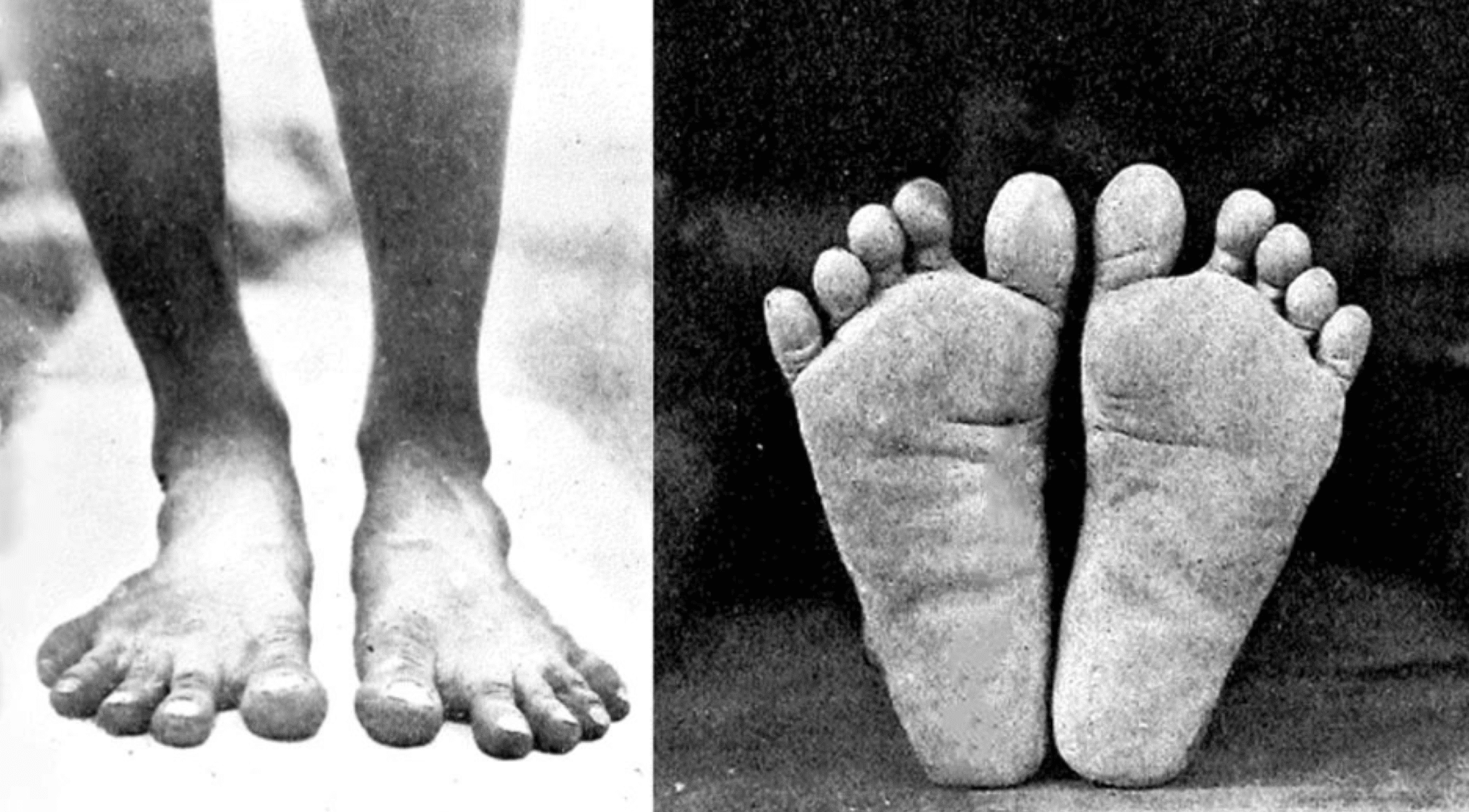
People who have spent their entire lives barefoot have several mechanisms in their bodies that protect their feet. The first of these mechanisms is,Optimal toe openingIt is.Well-opened toes provide significant protection from impact forces during weight-bearing movements because impact forces are distributed over a larger surface areaThe toes are not pressed together. Conventional shoes push the toes together and lift them above the forefoot, concentrating most of the impact force in a narrower area at the base of the toes.YOSHIRO SOCKScan be worn in shoes that are wide enough in the toe area to help restore natural toe opening and disperse impact forces over a larger surface area of the foot.
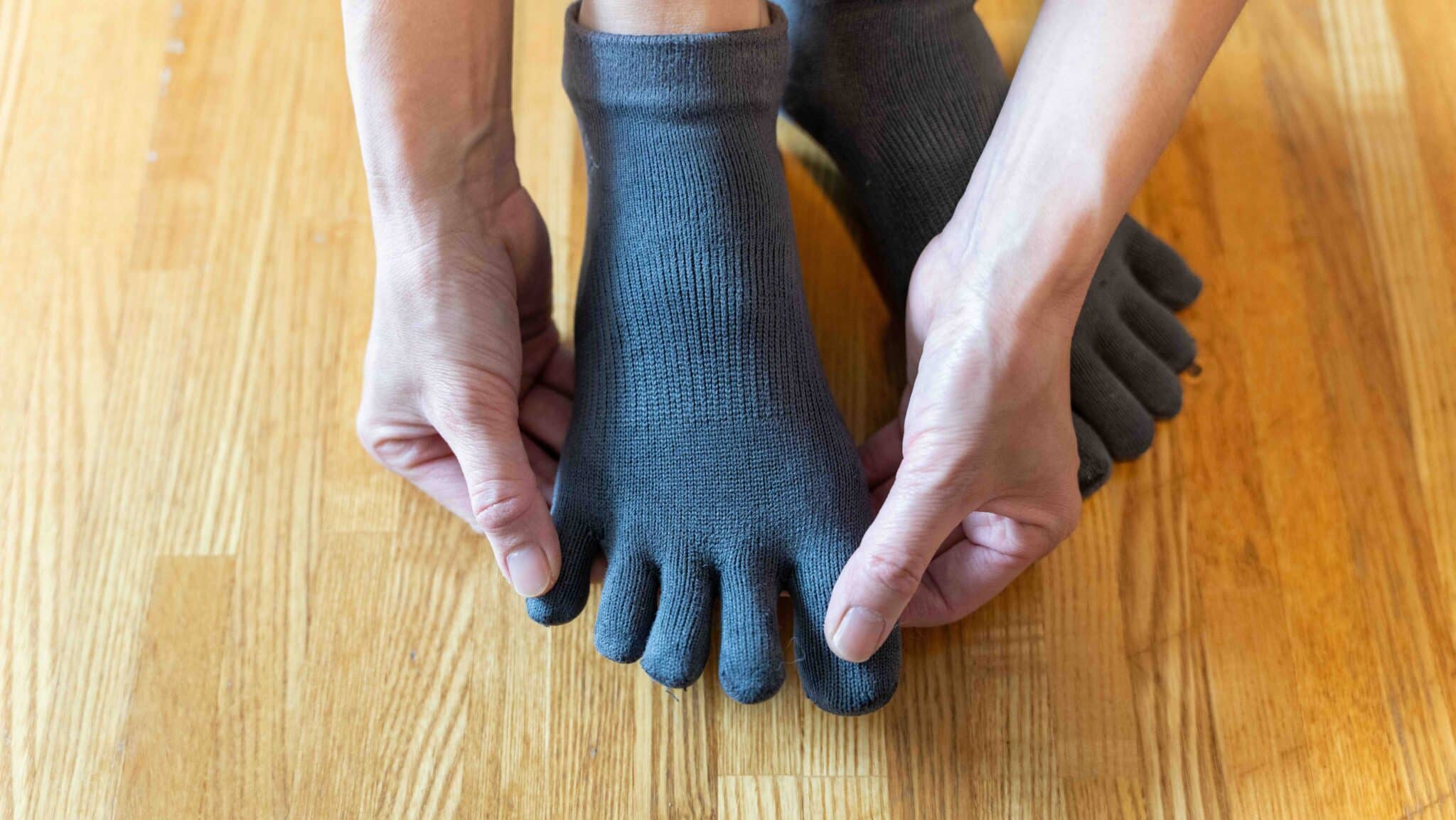
Our feet have several fat pads on the soles that, when properly placed, serve to absorb shock. However, if we wear the same shoes for many years, thetwospringThe fat pad at the base of the toes may be shifted forward due to the design of the shoe called a "toe pad". This can result in the structures at the base of the toes not receiving adequate protection during weight bearing, placing a greater strain on the nerves and bones and potentially causing conditions such as neuromas, arthritis, and fatigue fractures.
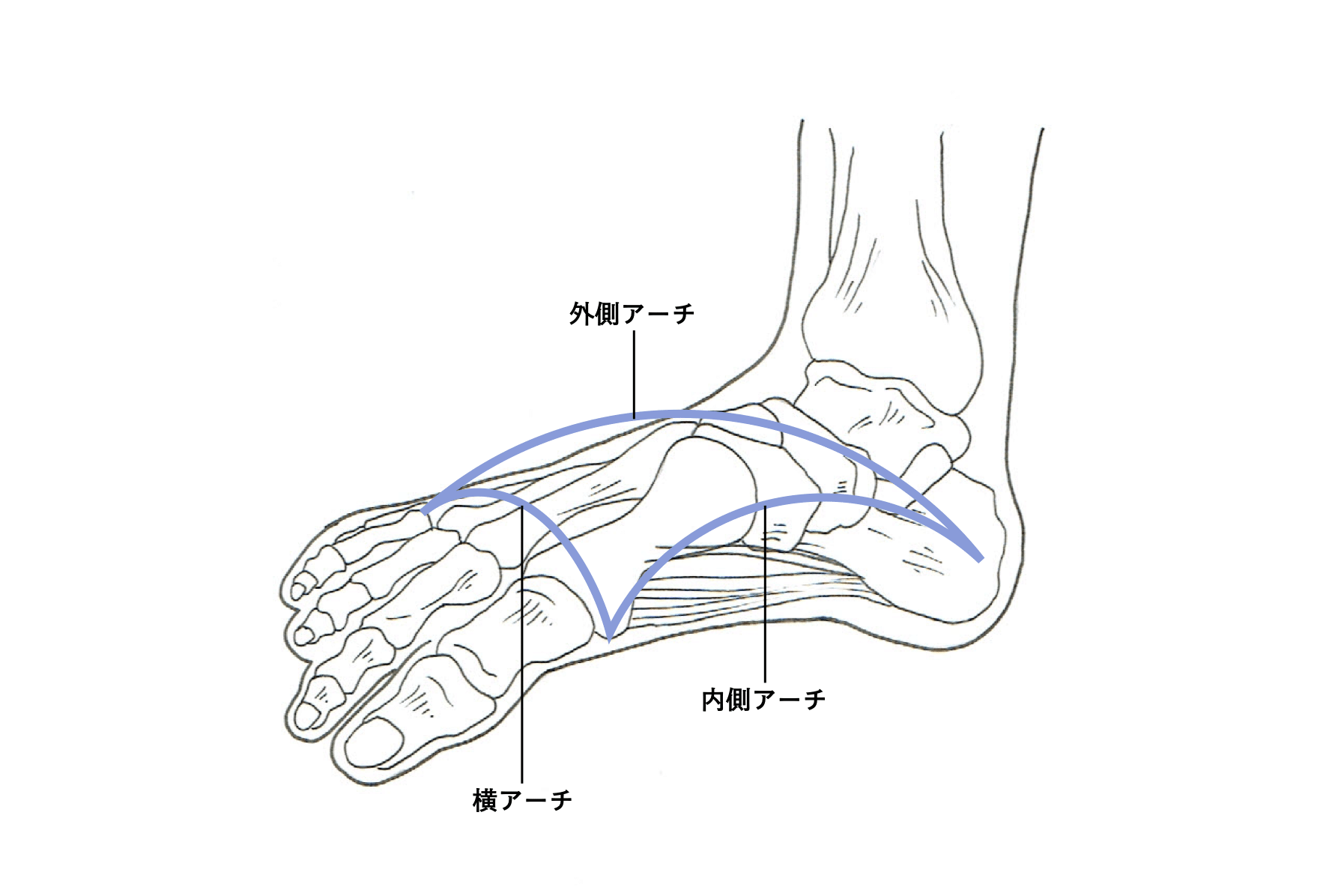
Among the natural defense mechanisms in our feet, the medial longitudinal arch (the arch of the foot) is particularly important. The arches of the feet act as natural shock absorbers and are designed to withstand incredible amounts of weight. Under load, the bones, ligaments, tendons, and other tissues of the foot engage more closely and the entire arch functions to support weight. Many of the bones of the foot are arched, indicating that they are perfectly designed to support weight.
Are there people for whom a cushion would be helpful?
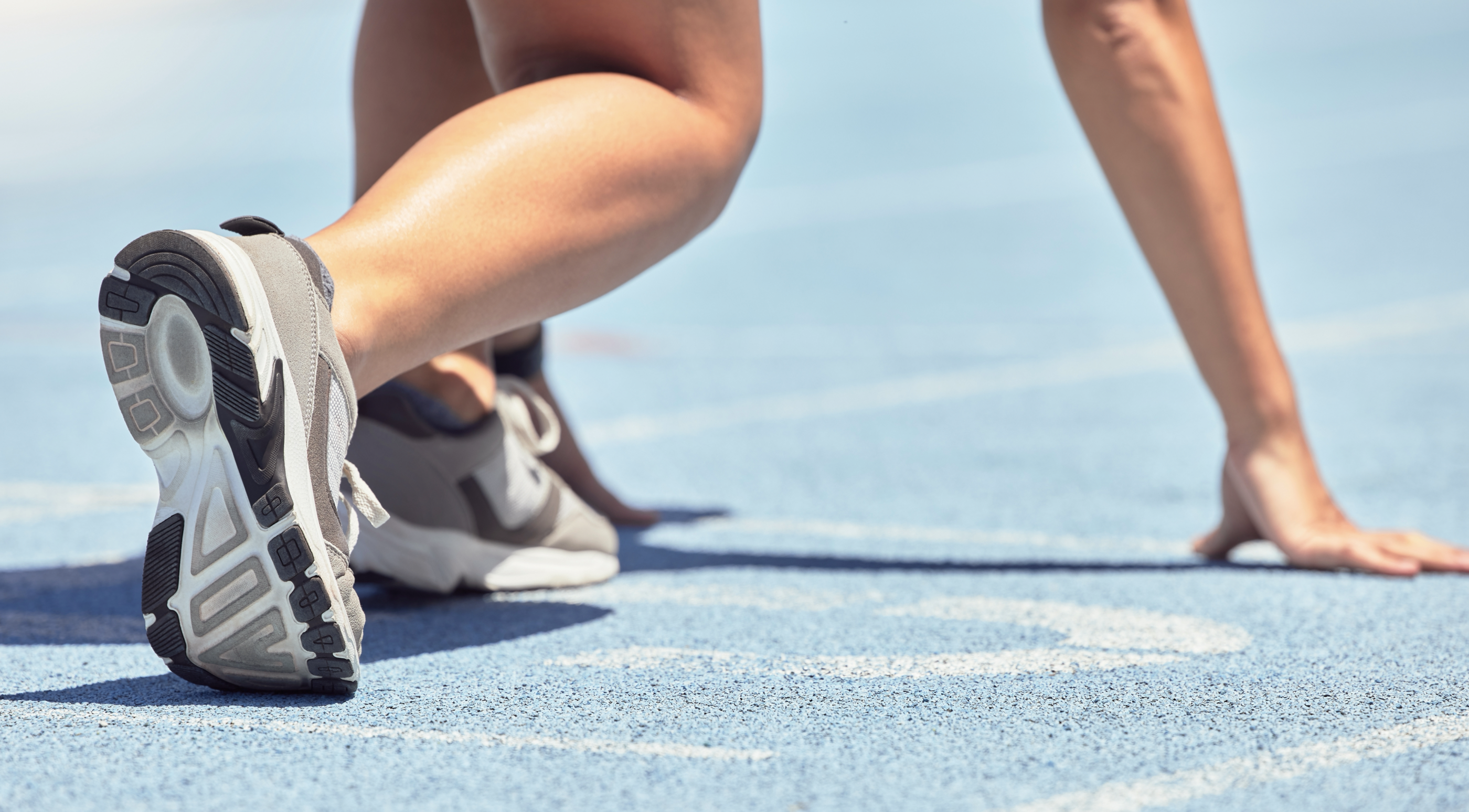
Some people reading this article may believe that shoe cushioning is essential for foot comfort. Certainly, that is important, especially for those who have trauma or deformity to their feet. However, many who continue to rely on conventionally cushioned shoes may have allowed their feet to adapt to their confining environment over a long period of time, perhaps decades.
Transitioning to less cushioned shoes right away is not appropriate for everyone. In fact, a slow and careful transition period is critical.
Shoe cushioning: a hindrance to foot health
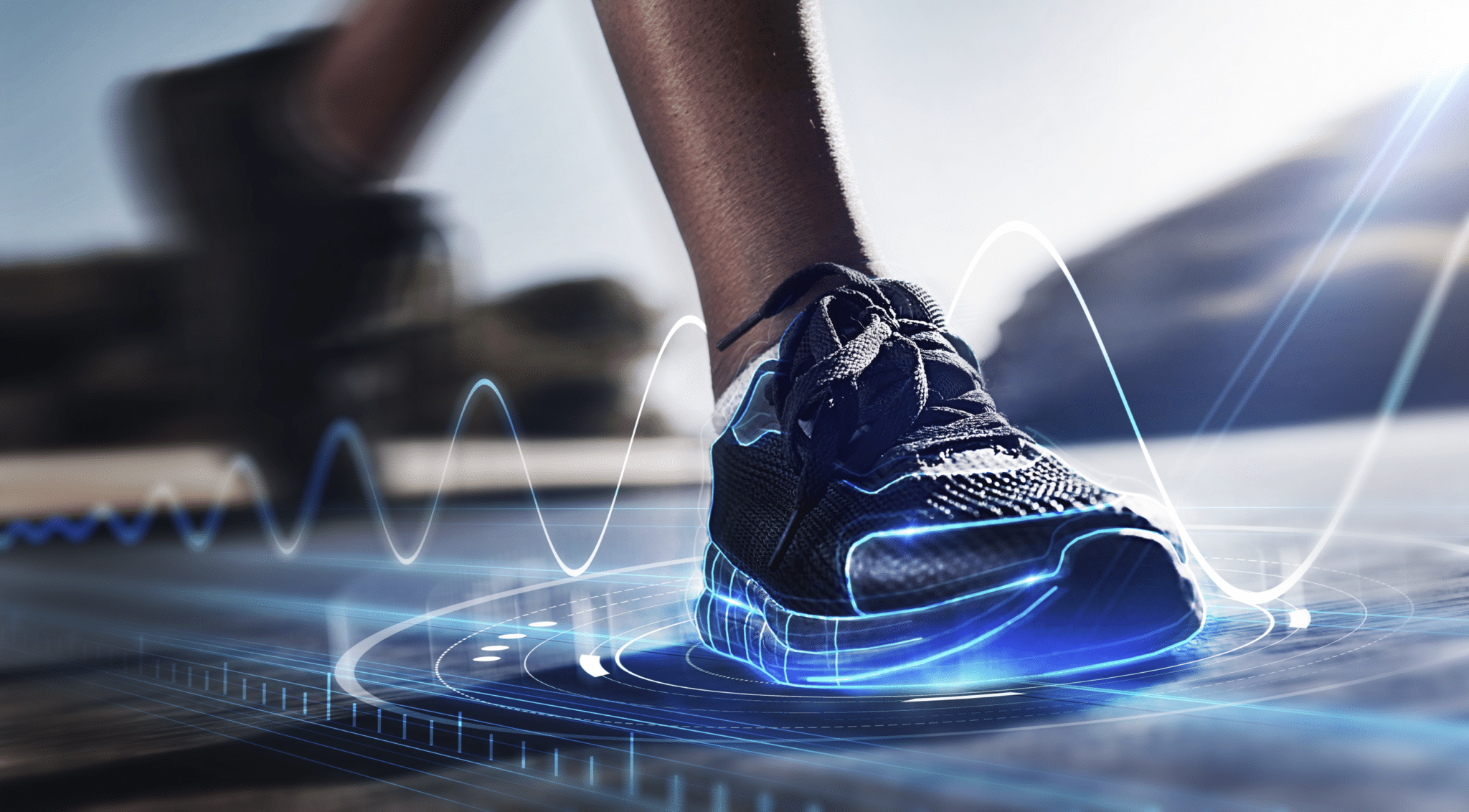
This article puts the role of cushioning in shoes in proper perspective and examines the true value of cushioning in foot health and injury prevention. It aims to present a new perspective on the effectiveness of shoe cushioning and to confirm suspicions about the claims of many shoe manufacturers. Experience shows that excessive cushioning can be detrimental to foot health,Natural foot shapeand recover the structureshoesand ... andsocksIt is clear that real comfort can be achieved by wearing
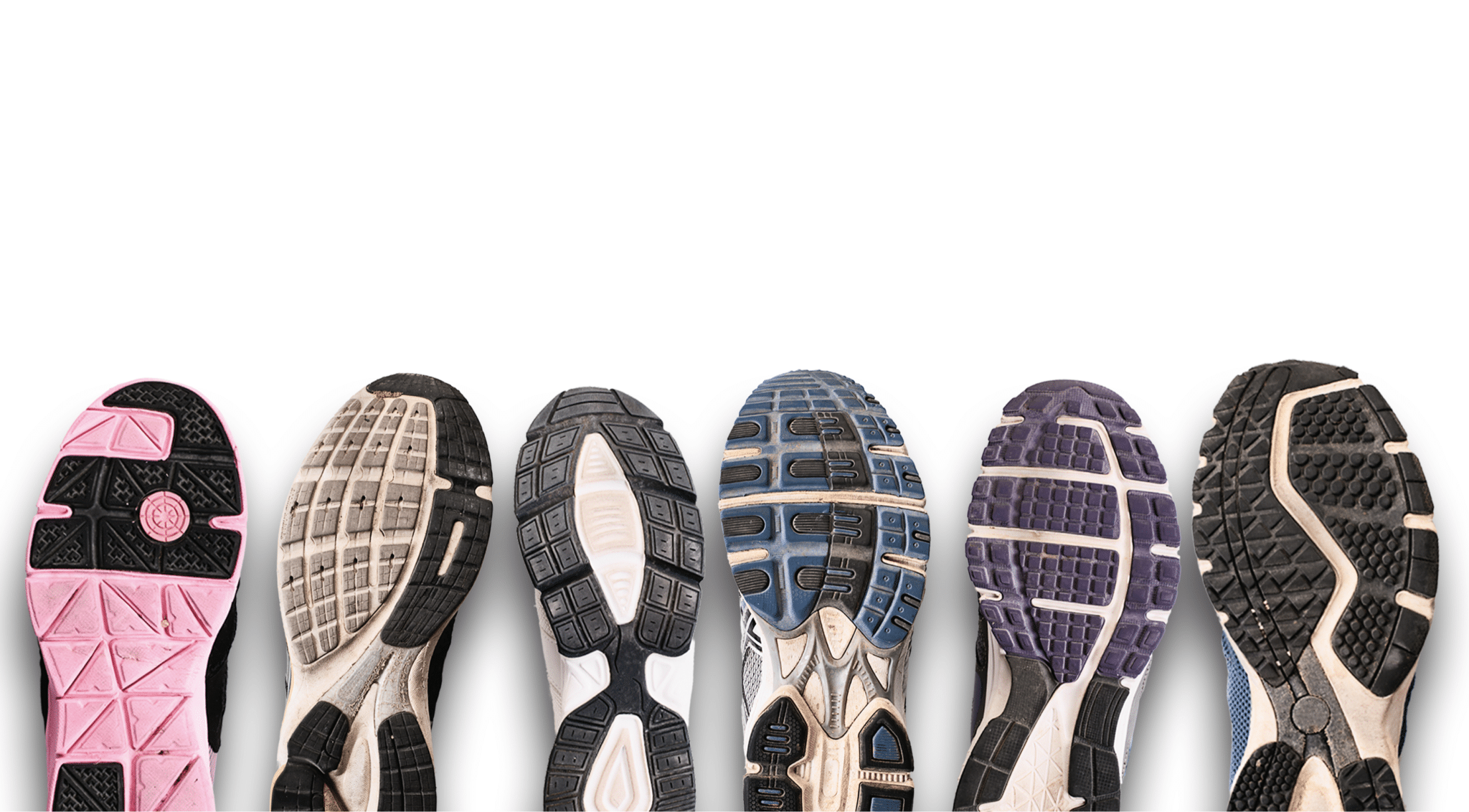
Shoes designed with foot health in mindThe choice is not only about comfort, but also about taking the time to ensure a correct fit and proper transition. Careful judgment should be exercised in selecting the best shoes for your feet. If you want to know which shoe options are right for your feet,Foot Health Specialistto consult or look at appropriate shoes for men and women.
Finally.
In researching online for this article, we found several references regarding ground contact time. For the average runner, ground contact time is reported to be 300 milliseconds (0.3 seconds), and for elite runners it is 0.2 seconds or slightly less. These numbers appear to be about the same for both runners who wear shoes and land from the heel and barefoot runners who land from the midfoot.
To obtain an accurate value for the change in the vertical velocity of the foot when wearing thick-soled versus thin-soled shoes, other factors such as gait and the distance traveled by the foot per step must also be considered. The average runner's gait is 160 steps per minute, and for experienced runners it is estimated to be as high as 180 steps. the vertical distance a foot rises in one step is estimated to be between 0.35 m and 0.4 m. The average runner's gait is 160 steps per minute, and for experienced runners it is estimated to be 180 steps per minute. Multiply this distance (uphill and downhill combined) by two, multiply by 160, and divide by 60 seconds to find that the average speed of the foot per step is approximately 2 m/s.
The problem is that the feet are not moving at a constant speed. The foot stops momentarily at the top during the transition from ascent to descent. It stops again during the time it is in contact with the ground. An easy way to estimate the maximum speed of the foot is to multiply that number by two. That is, 4 m/s during the descent just before landing and 4 m/s during the ascent after contact with the ground is lost. This gives a velocity change of 8 m/s. These numbers are based on a runner wearing cushioned shoes, but if you wear minimal shoes or run barefoot, using 6 m/s would be more appropriate.
